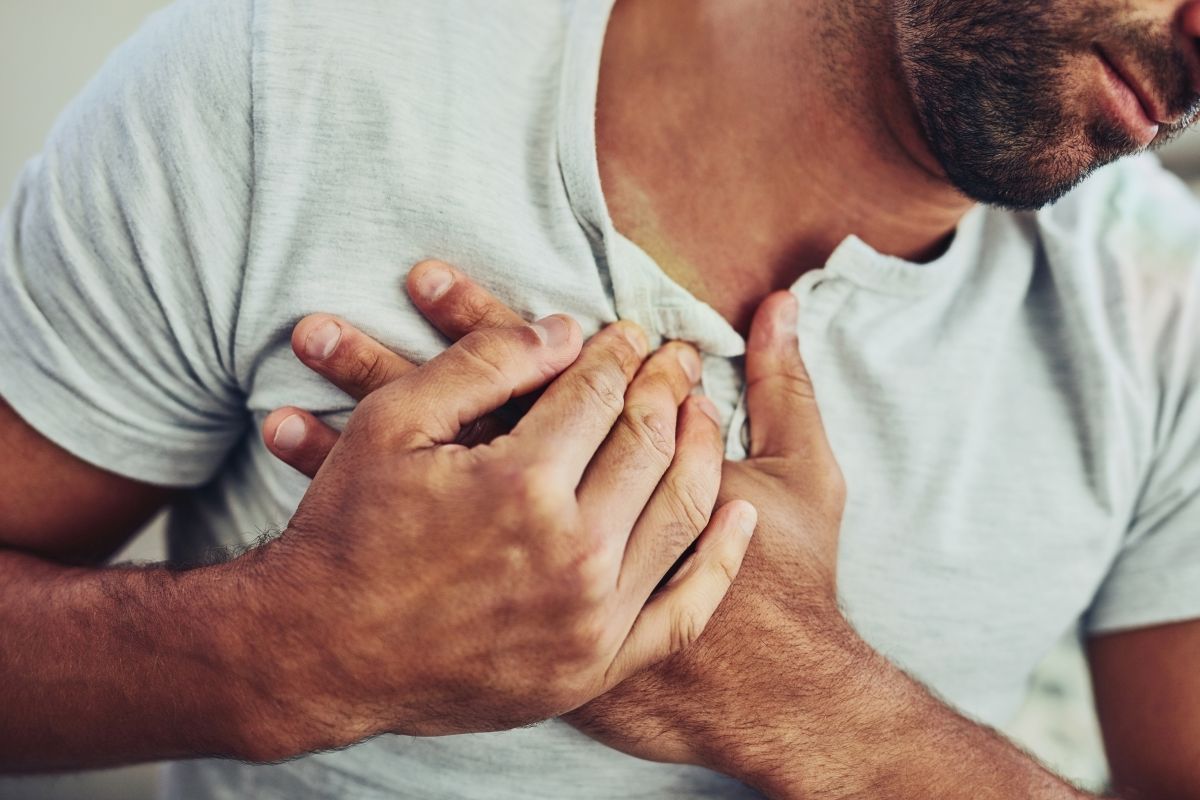Life has become very unpredictable in the current era. You never know what will happen to you the next moment. Recently the legendary Australian spinner Shane Warne passed away due to a suspected heart attack.
There has been a rising trend of a sudden heart attack in people aged 40-50 and even younger.
Advertisement
As per WHO (World Health Organization), Coronary heart disease is the leading cause of heart attacks. CHD is a condition in which the coronary arteries (the major blood vessels that supply the heart with blood) become clogged with deposits of cholesterol. These deposits are called plaques.
Before a heart attack, one of the plaques ruptures (bursts), causing a blood clot to form at the site of the rupture. The clot may block the supply of blood to the heart, triggering a heart attack.
The risk of developing CHD is increased by consuming more alcohol, smoking, high cholesterol, diabetes, hypertension (high blood pressure) and obesity.
Some heart attacks are sudden and intense. But most start slowly, with mild pain or discomfort. Their symptoms are as followed:
- Chest discomfort. Most heart attacks involve discomfort in the centre of the chest that lasts more than a few minutes – or it may go away and then return. It can feel like uncomfortable pressure, squeezing, fullness or pain.
- Discomfort in other areas of the upper body. Symptoms can include pain or discomfort in one or both arms, the back, neck, jaw or stomach.
- Shortness of breath. This can occur with or without chest discomfort.
- Other signs. Other possible signs include breaking out in a cold sweat, nausea or lightheadedness.
As with men, women’s most common heart attack symptom is chest pain (angina) or discomfort. But women are somewhat more likely than men to experience some of the other common symptoms, particularly shortness of breath, nausea/vomiting, and back or jaw pain.
Foods that help prevent a heart attack:
Mild, tender black beans are packed with heart-healthy nutrients. Folate, antioxidants, and magnesium can help lower blood pressure. Their fibre helps control both cholesterol and blood sugar levels. Add beans to boost soups and salads.
If you drink alcohol, a little red wine may be a heart-healthy choice. Resveratrol and catechins, two antioxidants in red wine, may protect artery walls. Alcohol can also boost HDL, the good cholesterol.
Tip: Too much alcohol hurts the heart. Don’t have more than one drink a day for women or two drinks for men. It’s best to talk to your doctor first. Alcohol may cause problems for people taking aspirin and other medications.
A portion of top food for heart health, it’s rich in omega-3s. Omega-3s are healthy fats that may lessen the risk of heart rhythm disorders and lower blood pressure. They may also lower triglycerides and curb inflammation. The American Heart Association recommends two servings of salmon or other oily fish a week.
This oil is a healthy fat made from smashed olives. It’s rich in heart-healthy antioxidants. They may protect your blood vessels. When olive oil replaces saturated fat (like butter), it can help lower cholesterol levels. Try it on salads and cooked veggies, or with bread.
A small handful of walnuts a day may lower your cholesterol. It may also protect against inflammation in your heart’s arteries. Walnuts are packed with omega-3s, healthy fats called monounsaturated fats, plant sterols, and fibre. The benefits come when walnuts replace bad fats, like those in chips and cookies.











